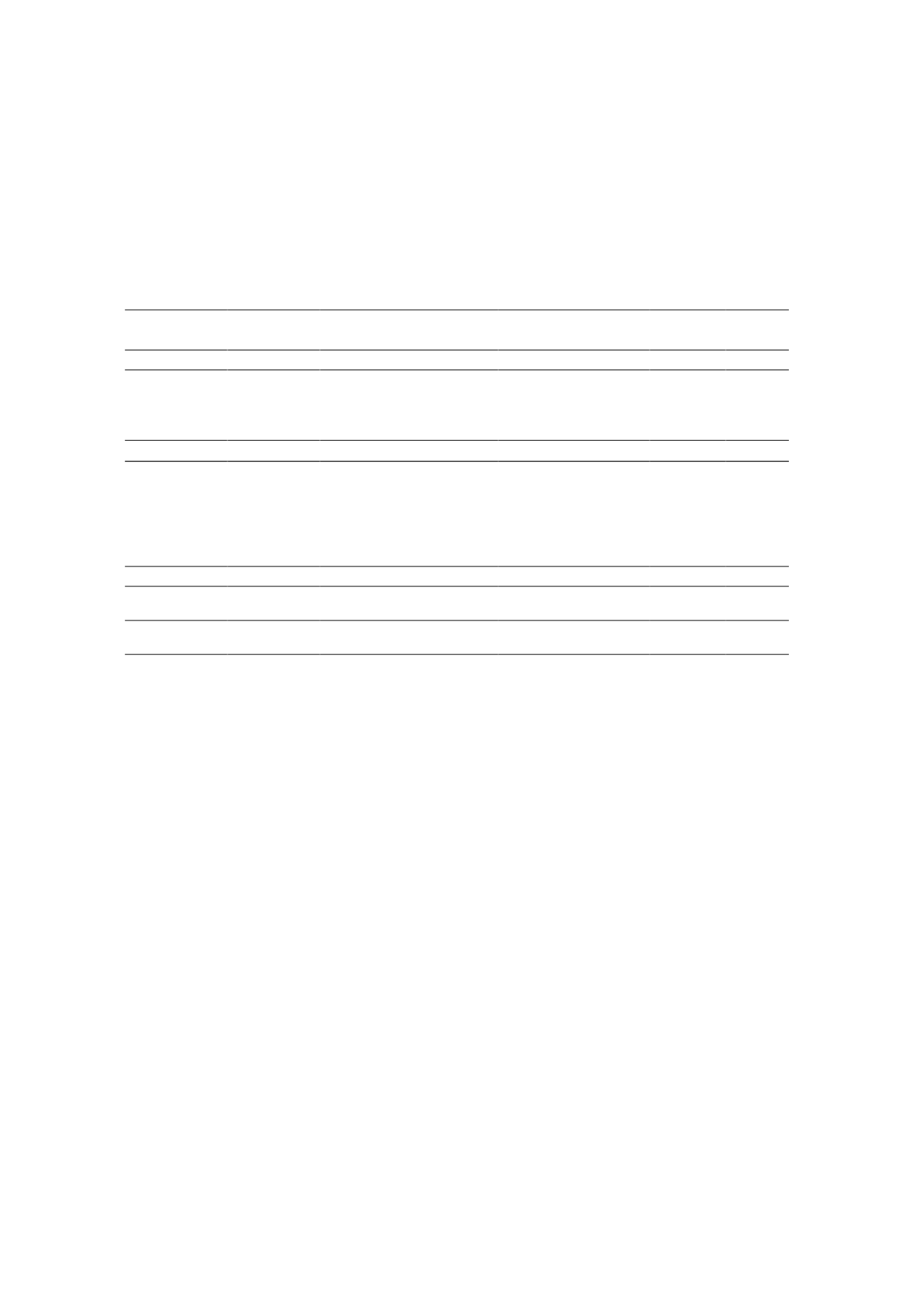

BEAM P
LUS FOR
N
EW
B
UILDINGS
A
PPENDICES
V
ERSION
1.2
8.2 B
ASELINE
B
UILDING
M
ODEL
Copyright © 2012 BEAM Society Limited. All rights reserved.
A - 10
including the respective orientations, shall be modelled as designed.
8.2.4 O
THER
B
UILDING
T
YPES
The default WWR area ratio of the Baseline Building model shall be
0.65.
For other types of new buildings, the Baseline Building model will be
assumed to have envelope components (windows, walls, roofs, etc.) of
construction characteristics as summarised in Table 8.2.
T
ABLE
8.2
D
EFAULT CHARACTERISTICS FOR THE BUILDING ENVELOPE
(1)
Thickness
Material
k
Cp
(m)
(W/mK)
(kg/m³)
(J/kgK)
(-)
External walls
Layer 1
0.005
Mosaic Tiles
1.5
2500
840
0.58
Layer 2
0.01
Cement/Sand Plastering
0.72
1860
840
Layer 3
0.1
Heavy Concrete
2.16
2400
840
Layer 4
0.01
Gypsum Plastering
0.38
1120
840
0.65
Roofs
Layer 1
0.025
Concrete Tiles
1.1
2100
920
0.65
Layer 2
0.02
Asphalt
1.15
2350
1200
Layer 3
0.05
Cement/Sand Screed
0.72
1860
840
Layer 4
0.05
Expanded Polystyrene
0.034
25
1380
Layer 5
0.15
Heavy Concrete
2.16
2400
840
Layer 6
0.01
Gypsum Plaster
0.38
1120
840
0.65
Windows
Layer 1
0.006
Tinted Glass
(SC of 0.65)
1.05
2500
840
0.65
Window to wall area ratio
0.40 for Residential
0.65 for Other Building Types
Symbols:
k
Thermal conductivity
Density
Cp
Specific heat
Solar absorptivity of exposed surface
SC
Shading coefficient of glazing
(1) This applies to all types of buildings except commercial, office, retail and hotel buildings. The envelope of the
Baseline Building model for commercial, office, retail and hotel buildings will be set to achieve an OTTV that barely
meets the threshold value stipulated in the OTTV Code.
8.2.5
8.2.5
8.2.5
I
NDOOR
D
ESIGN
C
ONDITIONS
,
O
CCUPANCY
D
ENSITIES
AND
V
ENTILATION AND
I
NFILTRATION
R
ATES
For building operation parameters, including Occupant Density, Minimum
Outdoor Air, Operating Schedule, Service Water Heating Power and
Equipment Power Density, the designer should prepare a table
summarizing the design value of these operation parameters for all the
different spaces in the building. For simplification purpose, spaces with
similar functions and operational characteristics, as represented by the
operation parameters, may be grouped together as a space type. For
details including table format, Section A3.5.2 (a) of BEC 2012 [3] may be
considered as a reference.
An operating schedule for each type of space should be prepared
summarizing for different times of a day the operation densities of
occupants, equipment, lighting, AHU/fan, cooling, heating hot water etc.
The operating schedule should reflect the time profiles which establish
the extent of operation, such as the percentage of the equipment load
during operation. For details regarding time profile and occupant density,
Section A3.5.2 (b) & (c) of BEC 2012 can be referred to. For residential
building type, it needs to note that the air-conditioner operation pattern
applies to all days in April to October inclusive. The assumption is made
3 Electrical and Mechanical Services Department - Code of Practice for Energy Efficiency of Building Services Installation 2012 -
Section A3.4 2012 (Page 14 of 65)


















